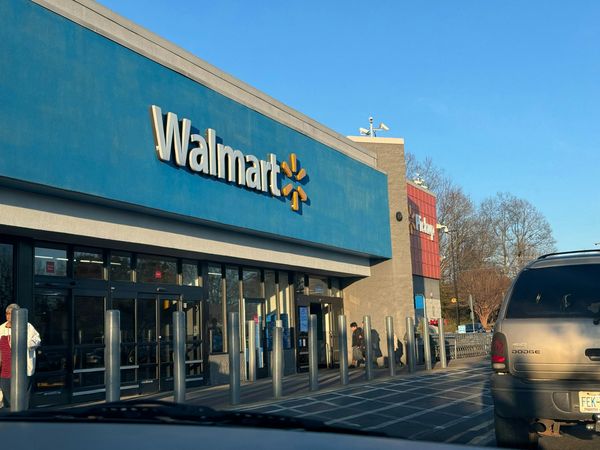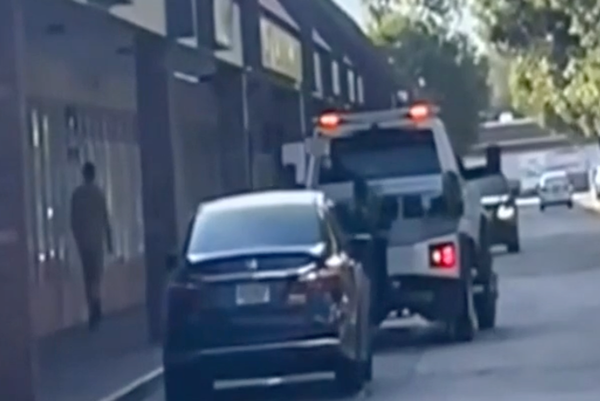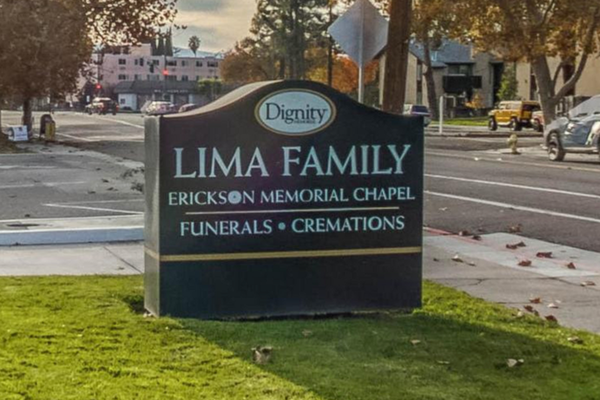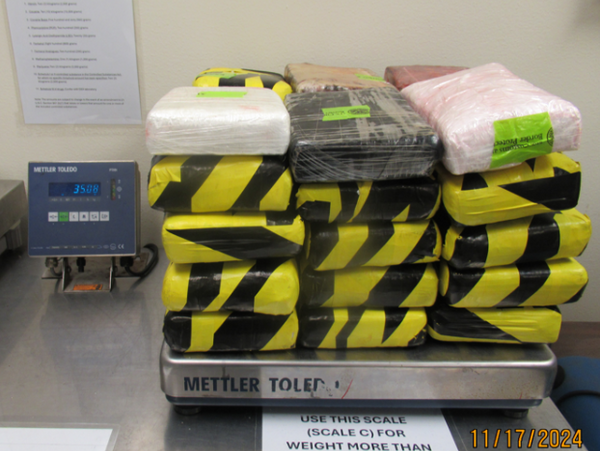
An application for a lead mine 2km from a primary school has failed to address concerns about its predicted emissions, relies on outdated evidence and has a community group in New South Wales rightly concerned for their health, a new expert report says.
The author of the report also noted Australia’s record of failing to protect children in the vicinity of lead mines. The environment watchdog sat on a report linking contemporary lead mining to health affects on children but failed to release it during the mine’s original application and a subsequent parliamentary inquiry into the mine.
The Bowdens Silver project, an open cut silver, lead and zinc mine proposed on land near the village of Lue – 26km east of Mudgee in central west NSW – was granted approval in April 2023, then overturned a year later by the NSW court of appeal because the impact of its transmission line had not been assessed.
The government changed planning laws in response to the decision, which allowed Bowdens to apply for a redetermination of its application.
In July 2025, the mine announced it had “provided all information requested by the NSW Department of Planning, Housing and Infrastructure (DPHI) to assist with the redetermination”.
In response to questions from Guardian Australia, a Bowdens Silver spokesperson confirmed that the government had not requested any changes to the health assessment that it submitted in the original application and said: “This assessment was produced by an industry expert, independently peer-reviewed and peer-reviewed by an expert appointed by the NSW DPHI. The assessment concluded that our project presents no health risk issues of concern.”
Sign up: AU Breaking News email
The supplementary documents uploaded by the mine to the planning portal do not show any changes to their environmental assessment relating to lead impacts.
The Mudgee Regional Health Alliance, made up of community members collaborating with organisations including the Bingman Landcare group and the Mudgee Wine Association, is fighting the project because of their concerns for the region’s health, highlighting the World Health Organization’s position that there is no safe level of lead exposure.
They commissioned Dr Cynthia Barlow, the expert who co-authored another report with Prof Mark Taylor about environmental lead risks at Broken Hill, to write a report.
The Broken Hill report found that the level of lead in the blood of 49% of children under the age of five remained elevated, and concluded that past and current emissions from mining operations were the “leading source” of environmental exposure in the town. The report was only published in November 2023 – after Bowdens was granted approval and a NSW parliamentary inquiry, which examined health risks at Bowdens and two others mines, had concluded. The Environmental Protection Authority (EPA) received the report in 2019.
Documents showed the EPA delayed publication in the face of opposition from the mines but that when they consulted the minister she “supported that the reports be published”.
The Alliance asked Barlow to assess the Bowdens Silver mine’s updated statement in 2021.
In her report submitted to the group on 19 August, Barlow said despite some “minor” clarifications in the update, concerns about the management of dust and its potential health impacts remained unresolved.
Barlow said the environment impact statement had continued to use higher emissions reductions than were justified by current National Pollutant Inventory manuals and peer-reviewed literature, that there was limited transparency in how they were calculating emissions and no inclusion of the required worst-case scenarios modelling.
Barlow’s report also pointed to the elevated blood lead levels in Broken Hill (NSW), Port Pirie (South Australia) and Mt Isa (Queensland). Barlow said while the lead mine operations in these towns may be different to that of Bowdens, “Australia’s track record for protecting children in the vicinity of [lead] mining or processing activity is poor.”
“Even where emissions meet current legal limits, significant proportions of children remain above harmful thresholds,” the report said.
“This indicates that current environmental standards are insufficient to protect health. Hence, there is understandable concern by residents near the proposed Bowdens mine, particularly considering Bowdens’ failure to address the EPA’s concerns about dust management measures,” Barlow wrote.
She also highlighted that new evidence on the affects of low-level lead exposure needs to be considered in the health impact assessment, with “Australia’s current reference level for children’s blood [lead] too high to protect children from physical and intellectual harm.”
Australia’s current National Health and Medical Research Council guidelines on the effects of lead on human health were published in 2015 and refer to a blood lead level greater than 5 micrograms per deciliter (μg/dL) as above average background exposure, higher than the US Centers for Disease Control and Prevention (CDC), which uses a reference level of 3.5 μg/dL.
Barlow stated that peer-reviewed research shows that there is no safe level of lead exposure for children, with “steep decrease in IQ and the sharp increase in the risk of death from cardiovascular disease, even at the lowest measurable blood [lead] concentrations.”
Guardian Australia has seen a 2023 briefing to the NSW department of premier and cabinet, which recommends the long-term strategy to manage lead in Broken Hill include a range of measures, such as reducing the blood lead level threshold to 3.5 μg/dL “in line with other international jurisdictions and accepted evidence that there is no safe level of lead.”
Barlow’s report also stated that lead exposure was associated with accelerated epigenetic ageing, elevated mortality risk and risk of age-related morbidities in older people.
“Considering the new research in this field (since the Bowdens EIS was written), demonstrating impacts of [lead] on people of all ages at low concentrations, there is cause to revisit the health impact assessment,” she wrote.
Barlow’s report also highlights concerns raised by Prof Bruce Brew, a neurologist and director of the Peter Duncan Neurosciences Unit at St Vincent’s Centre for Applied Medical Research. Brew’s medico-legal report said the level of potential lead accumulation in water tanks based on modelling in the environment impact statement were likely to exceed the existing national guidelines.
Brew wrote directly to Paul Scully, the minister for planning, about this concern. Scully replied in a letter seen by Guardian Australia that the concerning figure was a “transcription error” and actual levels were “10 times lower than what was stated in the EIS”.
Barlow said that a corrected modelling report had not been supplied, which “raises questions as to the exact nature of the errors and the presence of further errors”.
“Together, these concerns bring in to question the adequacy of the environmental and health assessments conducted for the Bowdens Silver Mine. An updated assessment report is required to address these issues,” Barlow concluded in her report.
Brew told Guardian Australia that blood lead levels were an important monitoring tool, but not the only consideration. “It’s also important to realise that lead can be stored in the bones, and so during pregnancy, for example, there can be increased lead levels leaching out of the bones.”
Brew said lead mining near any community poses health risks, since all experts now agree there is no “safe” lead level, only an “acceptable” one. He said based on the assessments he has reviewed, “I don’t think they’ve fully considered the risks.”
Brew also raised concerns with the report’s reliance on the outdated NHRMC guidelines, since “evidence is mounting that the cut point of five micrograms per deciliter is really not appropriate.”
Brew is a colleague of neurosurgeon Dr Peter Bentivoglio, who is part of the Mudgee Regional Health Alliance.
Associate professor Terry Slevin, the CEO of the Public Health Association of Australia, said given there was “no doubt” about the injurious impact of lead on humans, “any development that increases or poses a risk with regard to populations being exposed to lead should be very, very carefully scrutinised and ensure that at the very minimum proper controls are in place.”
Regarding regulations safeguarding health, Slevin said the highest possible standards of protection should be put in place, particularly when dealing with a known health threat.
A spokesperson for the department of planning, housing and infrastructure said “during the assessment of the project, impacts on human health were carefully assessed and scrutinised by a range of stakeholders and experts.”
“The assessment determined risks to the community from exposure to lead and other heavy metals would be very minimal. The Department’s assessment of potential lead impacts was informed by independent expert advice.
“The [independent planning commission] found that the project could meet all relevant requirements for protecting human health and safety and recommended strict conditions to monitor and manage metal levels,” the spokesperson said.
The NSW government has not released a decision on the new application for the Bowdens mine.







